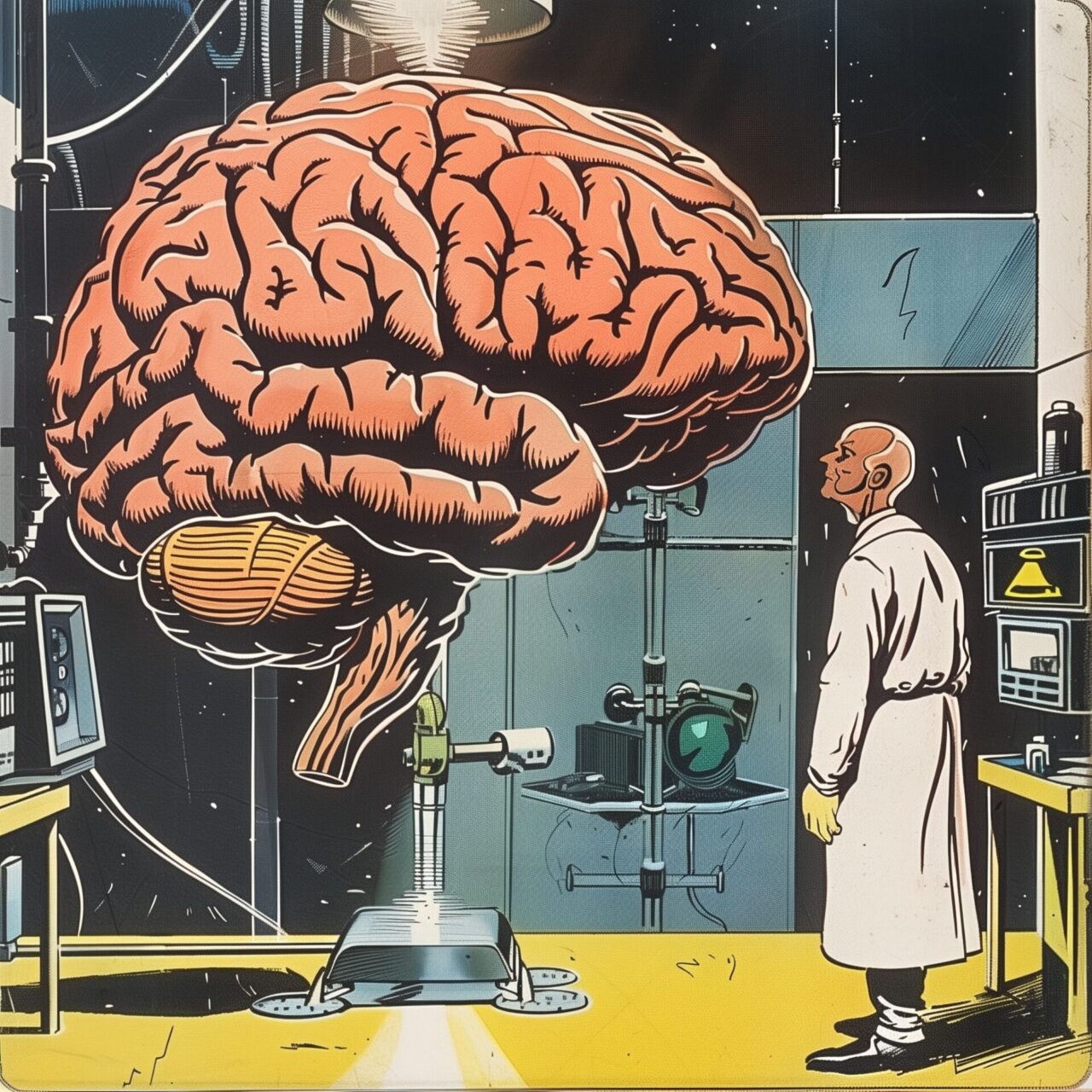Street Fighter
When talking about cult classics in the world of video games, you simply have to mention the “Street Fighter” series. Since the first fist-fight in 1987, Capcom’s legendary fighting game series has not only set arcade sticks ablaze, but has also defined the genre of fighting games and created a global fan base, but what exactly makes “Street Fighter” such an iconic phenomenon in the gaming world?
The origin: Hadouken!
When “Street Fighter II – The World Warrior” was launched in 1991, it quickly became more than just a game – it became a revolution. While the first “Street Fighter” part was still relatively modest, the second part brought features and innovations that would change the fighting game genre forever. With a colourful palette of characters from all over the world, from Ryu from Japan to Zangief from Russia, the game offered unprecedented depth and variety.
Game mechanics that leave their mark
From a scientific point of view, Street Fighter could be seen as a study in kinetic energy and physical precision. The introduction of the combo system in Street Fighter II changed the way players planned and executed their attacks. Each character had a unique set of moves that were thought out in detail and perfectly animated to allow for realistic and responsive combat. This system not only challenged players’ reflexes, but also their strategic planning.
From pixel fighters to pop icons
“Street Fighter” has become deeply ingrained in pop culture over the years. Characters like Chun-Li and Ryu are known not only to gamers, but also to the wider pop culture. They appear in films, music videos and even adverts. The iconic exclamation “Hadouken” and the famous move of flinging a glowing ball of energy from their hands have become a staple of the modern lexical playground.
![]()
The business model behind the fights
With “Street Fighter”, Capcom has not only created a game series, but also an impressive money-making machine. By constantly developing the series with new editions and updates, Capcom has managed to keep the games fresh and relevant. In addition, there are numerous merchandising products, from T-shirts and action figures to elaborate collector’s items, which further diversify the financial sources of income.
The future: next-level battles and digital dojos
As technology has evolved, Street Fighter has expanded its presence from arcades to living rooms and eventually to mobile platforms. The introduction of online fighting systems in newer versions of the game allows players from all over the world to compete against each other in real time, bringing the global Street Fighter community even closer together.
“Street Fighter remains a prime example of how a video game can be more than the sum of its lines of code. It is a cultural phenomenon that blurs the boundaries between nations and speaks a universal language: that of competition, art and the endless human fascination with fighting. In the world of video games, “Street Fighter” is truly a tough opponent that doesn’t get knocked out easily.


